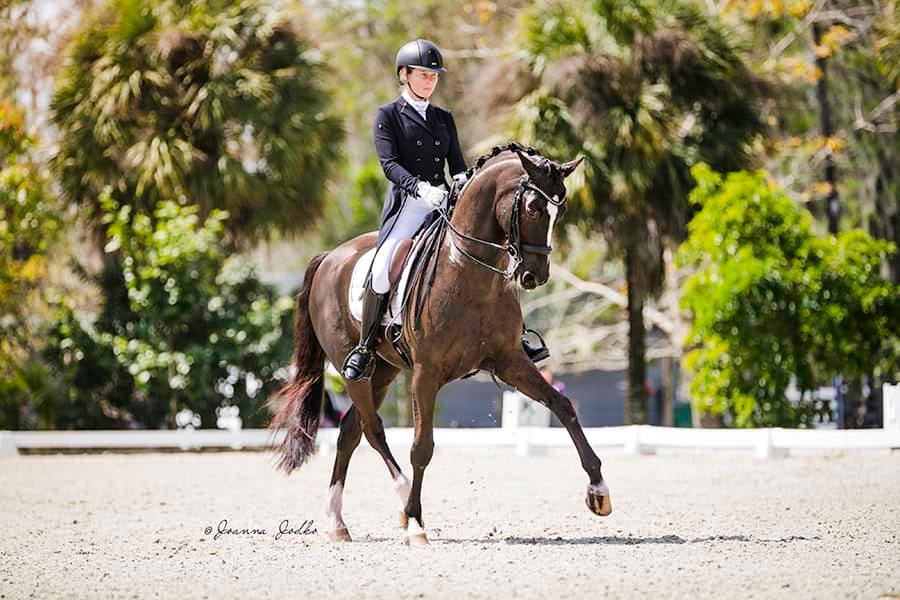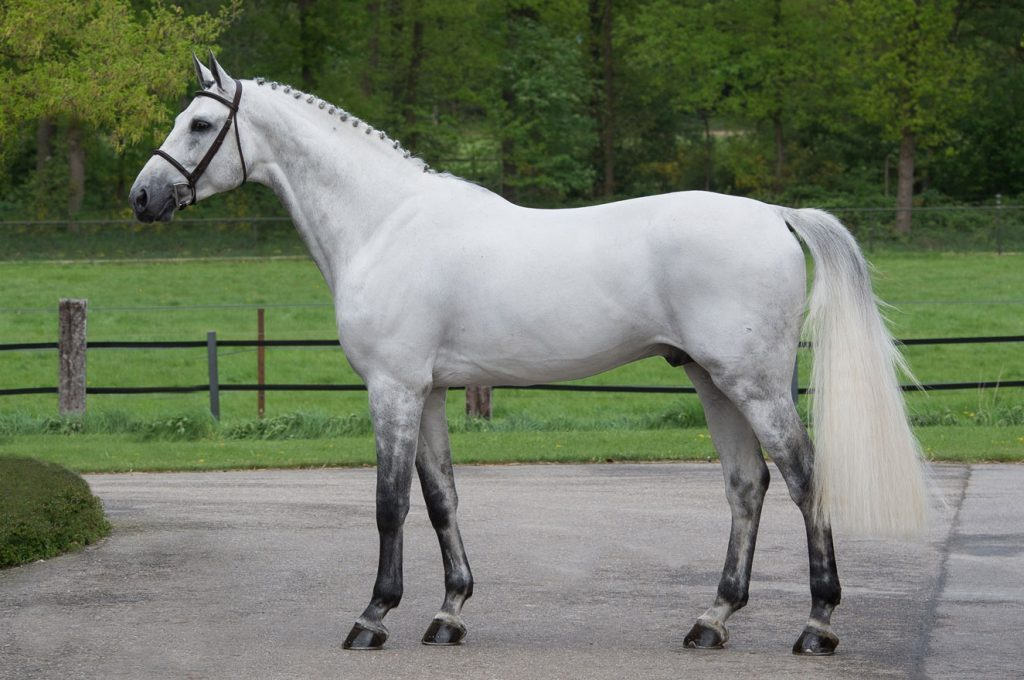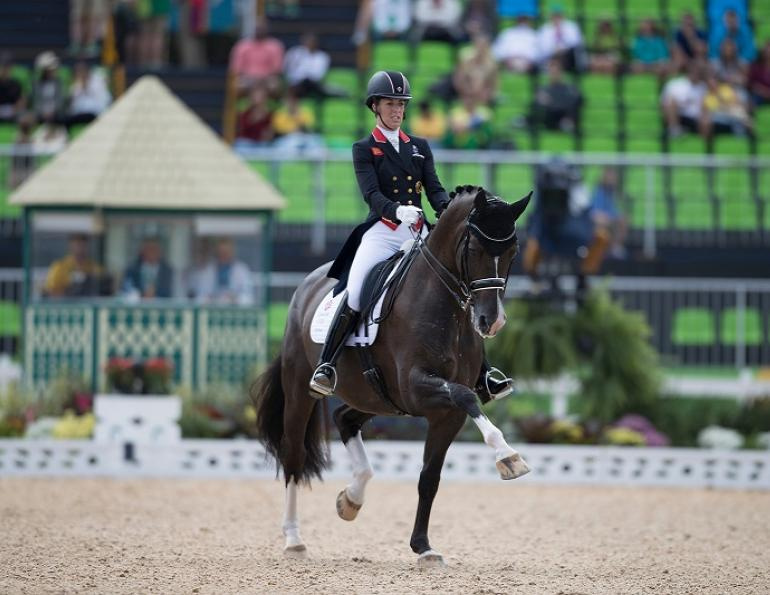There are a few different things at play. I don’t think European farriers are any better than Americans as a rule. Geography does play a role in hoof health, though - with certain horse keeping practices being a norm in UK that aren’t a norm in say, Tulsa OK. Animal husbandry will impact how hooves grow, from nutrition to horse use.
There are different trimming styles too and the UK in particular has a more upright trim philosophy. In Europe (generalization incoming) trimming styles tend to facilitate a more upright hoof, which visually can look taller. Europe is more condensed and the availability of top quality studs, yards, and liveries are all right on top of each other geographically speaking – so the available pool of knowledge and experience is much deeper in one central area. Whereas in the US, it is spread over a greater distance, with certain farriers having an established locale and not really able to travel much beyond that. There are brilliant farriers in the US too, so it is not a knock on the US in terms of quality, it is just another way US is at odds with UK because of inconvenient geography alone.
The farrier trim style will shape the growth of the hoof. If you have a farrier who tends to not correct a gradually running forward heel, you will eventually run into a too long toe, collapsed and low heels. Doesn’t matter the quality of the hoof the farrier is holding, if he doesn’t know how to trim, his trim won’t be balanced.
Some warmblood lines are know for more ‘upright’ pasterns and hoof capsules - I would put UNO Don Diego in that category, coming from both sides there was an established phenotype there. Certain anatomy will also accentuate the perception of a tall hoof, like more upright/less soft pasterns/fetlocks.
Certain breeds have a predisposition to grow out their hooves a certain way. Drafts are well known for large, flat dish feet – Arabians for hard, broad, deep feet. Warmbloods and TBs as a general rule will grow good hooves but allowed to get too long, start to develop serious pathologies in the hoof - some grow more upright and some will grow forward and long.
Then, finally, the work they do and the substrate they live in. Hard work will change the way the feet grows especially if the trim is unbalanced. This is where TBs begin to get low heels and long toes - they are shod to improve breakover(*), reset way more often than even performance show homes, and have shoes on at an early age (usually when they are long yearlings beginning their track training - that’s under 2 years of age). Whereas most warmbloods won’t be started or even shod until they are closer to four or five years, having much more time for their bodies and hooves to fill out and mature. That extra year of an unrestricted hoof truly makes a difference in the final product.
The substrate they spend the most of their time in also changes the hoof shape. Living on rough sand can shear away the hoof wall and sole, much like seen in the ‘mustang roll’, where living in mud and/or deep footing tends to encourage a flatter, broader hoof capsule.
Even in my own personal horses that are barefoot, I notice a change in hoof shape depending on the season. It is subtle but it is there - in the years we’ve had unprecedented rainfall where they are living almost 24/7 in boggy footing, their feet are not as healthy as when footing is hard and dry.
(*) - I don’t believe this trim style improves breakover, but it is the prevailing style for TB racing.






 Long feet by default start contracting. Heels run forward, no matter how well they stand up, and contract the heels. The more run forward the foot is, the more the sole is stretched and thinned.
Long feet by default start contracting. Heels run forward, no matter how well they stand up, and contract the heels. The more run forward the foot is, the more the sole is stretched and thinned.